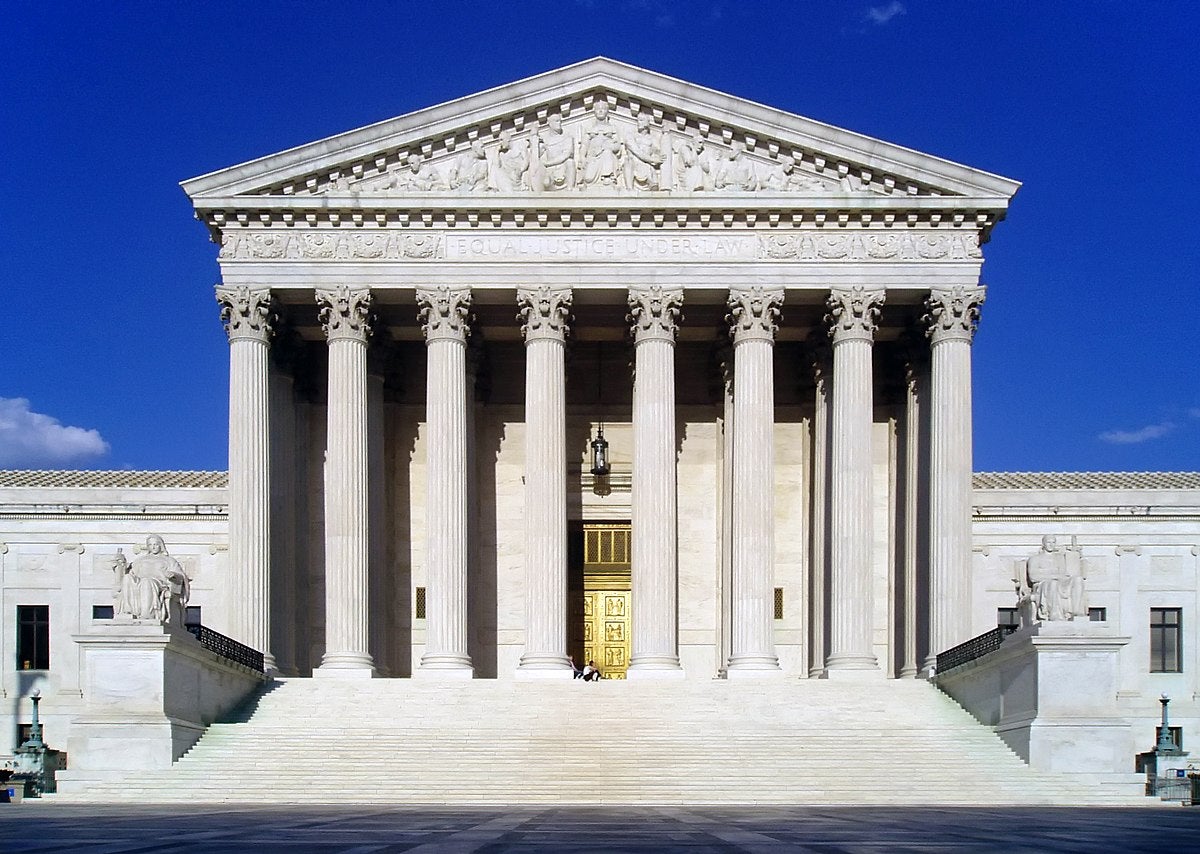
The US Supreme Court has decided that the country’s Environmental Protection Agency (EPA) does not have the power to limit commercial carbon emissions.
The court ruled in a non-unanimous decision that the US Congress had not explicitly given the EPA oversight of carbon emissions when it was set up in 1970. Justices also said that they doubted that Congress did not intend to delegate oversight of carbon emissions to any particular agency.

Discover B2B Marketing That Performs
Combine business intelligence and editorial excellence to reach engaged professionals across 36 leading media platforms.
This means that any enforceable carbon restrictions would require Congress to pass new legislation, making the process of carbon regulation much slower and less reliable.
The ruling also effectively nullifies the Clean Power Plan, proposed by former President Barack Obama in August 2015. This would have caused power plants to reduce emissions by 32% between 2005 and 2030. However, the law never took effect after the Supreme Court ordered the suspension of the plan in 2016.
After this, former President Donald Trump proposed his own Affordable Clean Energy rule, but the Court of Appeals struck this down in 2021.
The legal dispute centred on the wording of a paragraph in the 1970 Clean Air Act that effectively established the EPA.

US Tariffs are shifting - will you react or anticipate?
Don’t let policy changes catch you off guard. Stay proactive with real-time data and expert analysis.
By GlobalDataChief justice John Roberts wrote in his opinion: “Capping carbon dioxide emissions at a level that will force a nationwide transition away from the use of coal to generate electricity may be a sensible ‘solution to the crisis of the day’, [quoting a 1992 supreme court case]. But it is not plausible that Congress gave EPA the authority to adopt on its own such a regulatory scheme.
“A decision of such magnitude and consequence rests with Congress itself, or an agency acting pursuant to a clear delegation from that representative body.”
In a dissenting opinion, two justices joined with Elena Kagan in writing that: “Congress charged [the] EPA with addressing those potentially catastrophic harms, including through regulation of fossil fuel-fired power plants. Section 111 of the Clean Air Act directs [the] EPA to regulate stationary sources of any substance that ‘causes, or contributes significantly to, air pollution’ […]. Carbon dioxide and other greenhouse gases fit that description.”
Later, Kagan summarises: “The subject matter of the regulation here makes the Court’s intervention all the more troubling. Whatever else this Court may know about, it does not have a clue about how to address climate change.”
The ruling marks a victory for West Virginia, North Dakota, North American Coal Corp, and Westmoreland Mining Holdings, which brought the case to the Supreme Court.





